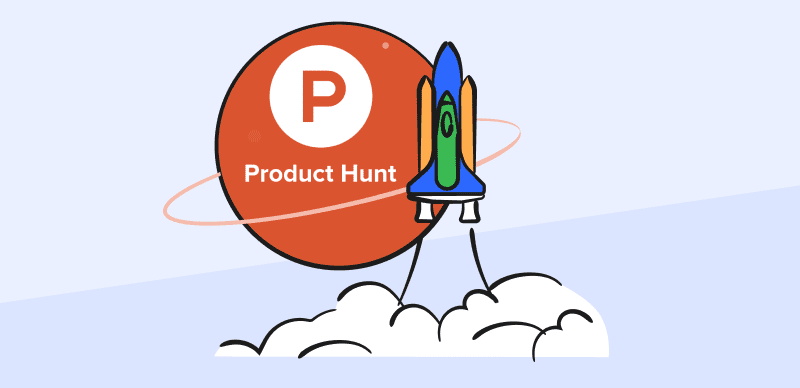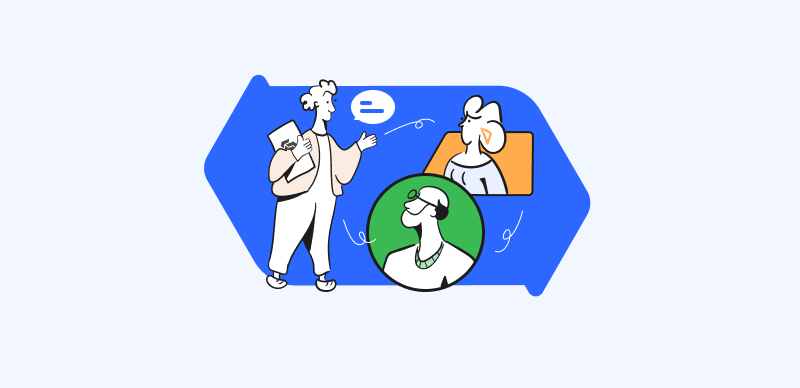What You Need to Know Before Choosing Product-led Growth for Your Business
Hey everyone, this is Morgan, the founder of Gemoo.
Welcome to my blog, it’s really an honor to have you here. 🙏
Today’s blog post will focus on the PLG strategy. In the last decade, the PLG development model has gained high regard in the market. This is evidenced by the emergence of high-valued Unicorns such as Zoom, Airtable, Slack, and Figma.
The PLG model provides startups with an opportunity to explore and gain market share under the Giants, thereby earning great recognition from the capital market. Openvie has reported in 2018 that PLG companies outperform their non-PLG counterparts and are valued 30% higher.
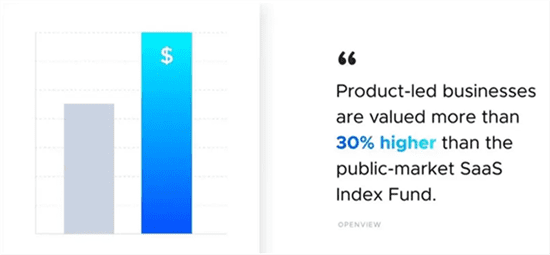
PLG model
What is the PLG?
PLG stands for Product Led Growth, a market entry strategy that prioritizes the product at every stage of the customer journey, making it the main driver for user acquisition, retention, and expansion.
PLG provides an alternate set of conditions to measure and understand customer value – one that feeds back into development. But it can’t replace the sales-led or marketing-led approach completely.
Facts on PLG
PLG can be regarded as a product prism, which means that the development logic, design concept, brand marketing, customer sales, and repurchase expansion are all condensed in the product held by the user, and delivered to the user through excellent user experience.
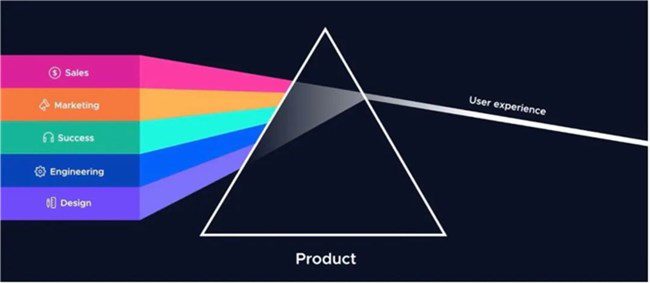
Facts on PLG
This requires cooperation between multiple teams at the company level (engineers, developers, designers, sales, marketing, etc.) to treat the product as the largest sustainable and scalable growth channel.
PLG’s mode fundamentally seeks a scalable customer acquisition system that is driven by low-cost Customer-End growth. The logic behind the strategy is: to use the product itself as a growth carrier, initially through free versions or free trials, to “convince” customers and drive the flywheel of customer acquisition, retention, and expansion.
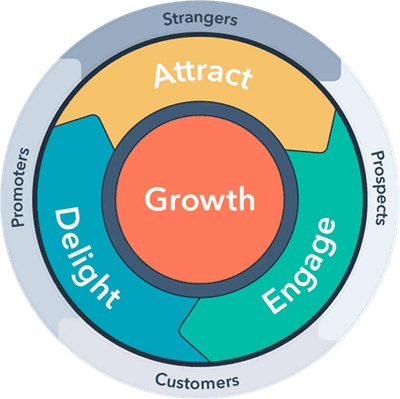
Customer Acquisition System
HubSpot’s growth flywheel is broken down into attract, engage, and delight phases
Once the product growth flywheel loop has formed the company will break free from the limitations of market, sales, and customer success manpower and processes, thereby achieving high-speed growth while having lower-than-average CAC (customer acquisition cost) returns.
User Experience (UX) plays a vital role as a growth engine in PLG products. We can abstract the core user experience of PLG products into the following three dimensions: usability, interactivity, and aesthetics.
Usability
SaaS products are like tools that help customers save money and work better. To make a great product, customers need to know exactly what they need and whether the product they’re buying is right for them. The tools should be easy to use, even for people who aren’t experts. Low-code and no-code tools can make things even easier.
Interactivity
Tool products mainly focus on making products available and easy to use, with the goal of helping users solve problems efficiently. However, they can sometimes lack emotional experience, which makes the user experience not as rich and diverse. Gamification modules can fill this gap and make the product more interactive. “Invite new rewards” and “Integral system” are common gamification modules that make the product process and solutions not boring.
Aesthetics
The attractive and special design can influence whether users want to browse, use, and buy the product. This attractiveness isn’t always flashy special effects but can be a geeky or simple design. In the user experience of product-led growth, aesthetics often creates an emotional connection and pleasure for the user.
Based on the above facts about PLG, we should see that not all products or companies are suited to PLG. We should adopt a rational attitude towards PLG by carefully considering our own business model.
What kind of Product is Suited to PLG?
Before you dive into PLG, you should consider the following factors first.
1. Consider if your product is a good fit for the base value
- Does your product meet a recurring need?
- Can your solution be experienced quickly?
- Is it easy to explain?
If you answered “NO” to any of the above questions, you may face difficulties with a product-led growth approach. One-time purchases do not create a long-term customer base and are difficult to analyze in a PLG setting.
2. Is your product in a brand-new category?
It’s easy to imagine how hard to explain a product to others if the product is in a brand-new category, not to mention asking people to understand it. This may hurt your word of mouth.
However, you still can take PLG as your business strategy if your target market already knows about the problem your solution solves. Trust me it will not work if you have to convince people that a problem even exists, I learned it hardly.
3. Does your product serve markets with high account values but lower lifetime values?
PLG is well-suited for high-account, lower-lifetime-value markets due to its product-serving capabilities. SaaS business models are a great match for product-led growth. They require no installation, are cloud-based, and often use a low-risk subscription model.
Generally speaking, it is difficult to run a reasonable PLG distribution if your business has no recurring customer connections, such as with hardware or advertising.
In addition to this, you also have to consider the stage of your business. In general, the smaller you are, the better PLG distribution is for you.
Overall, I believe the following categories of products may be better suited to PLG strategies:
Productivity tools
The willingness to pay for productivity tools is increasing, both for individuals and teams. Look at how many productivity tools are launched on the Product Hunt, you’ll see the popularity clearly. And developers, designers, remote workers, and freelancers are undoubtedly early adopters. That’s the reason why I started Gemoo, which was made for remote workers at the beginning.
Open-source products that developers can rely on
Developers are happy to contribute to good open-source products, forming a community around them. So, products like these are naturally suitable for PLG strategy.
Team collaboration tools
This is a common category that provides employees and leaders with a smooth collaboration and efficient experience. A typical example is Monday, which can help users collaborate on projects, automatically arrange meetings by checking everyone’s schedule, and improve every member’s efficiency.
Final Words
To sum up, PLG works well as a growth strategy for a lot of companies. But keep in mind that it’s not a solution that will work for everyone. You’ll need to think carefully about your product and business model before switching to it.
All right, it’s all I sharing today, thank you for reading! Please feel free to leave a comment below or reach out to me directly if you have any questions or thoughts wanna share.

